Essential steps for SMSF clients before 30 June
On 1 July 2017, the biggest changes to the super rules in a decade will come into effect. What are the basic steps to tick off with clients before then?

At the beginning of July this year, the biggest changes to super rules in ten years will come into effect. They touch on everything from contributions to pension drawdowns.
It’s important to review SMSF strategies with clients now, while there is still a window of opportunity for changes before the new rules go live on 1 July.
There are six steps SMSFs can take to prepare for the changes.
1. Consider concessional (pre-tax) contributions
SMSFs have until 30 June 2017 to make extra concessional (pre-tax) super contributions under the current caps − $30,000 for those who were under 49 years of age at 30 June 2016 and $35,000 for those who are older. From 1 July 2017, everyone’s cap will fall to $25,000.
2. Consider non-concessional (after tax) contributions
There is a window until 30 June 2017 to make use of the current, higher non-concessional (after tax) contributions cap of $180,000 a year, before it’s reduced to $100,000. If eligible, SMSFs can also take advantage of the current bring forward rule and contribute $540,000 prior to 1 July 2017. Once the new rules start, this bring forward cap reduces to $300,000. From 1 July, non-concessional caps will also reduce to zero if the total superannuation balance is $1.6 million or more. The total super balance may also reduce the available cap under the bring forward rule.
3. Check SMSF account balances
If SMSF balances are close to, or more than, $1.6 million, it is a good time to think carefully about strategy, especially if the SMSF client is approaching retirement or already retired.
From 1 July, the $1.6 million transfer balance cap on the amount that can be taken from super to fund a regular income stream in retirement will apply, with tax penalties often applying if the cap is exceeded. Importantly, this cap includes the value of existing retirement income streams at 30 June 2017, so SMSF practitioners will need to make sure that their clients’ total retirement income stream balances don’t exceed $1.6 million by that date.
Moving part of the retirement income stream back to accumulation prior to 1 July 2017, to comply with the introduction of the $1.6 million transfer balance cap, may provide access to transitional CGT to allow relief to reset the cost base of one or more of the fund’s eligible impacted assets.
4. Consider switching from a transitioning to retirement (TTR) pension to an account-based pension (NB: seek advice on this as your circumstances my require more detailed analysis)
From 1 July, earnings on assets supporting transition to retirement pensions will be taxed at up to 15 per cent, instead of being tax-free.
If SMSF investors already have a TTR pension and they now meet a full condition of release, it may be worth considering moving to a normal account-based pension.
With earnings on assets supporting TTR pensions becoming taxable at up to 15 per cent, while earnings on assets supporting account-based pensions remaining tax-free, switching to an account-based pension could help clients to save.
5. Review insurance contributions
With concessional contributions caps cut from 1 July, it may no longer make sense to hold insurance within the fund. Depending on the situation, it may be better to focus on contributions to build a long-term super balance, rather than paying premiums.
6. Review estate plans
Some superannuation funds can currently claim a tax deduction for a portion of the lump sum death benefits they pay to eligible dependants, essentially allowing a larger death benefit to be paid. That deduction will no longer be available either where the deceased member dies on or after 1 July 2017, or for death benefits paid on or after 1 July 2019.
It is a good time to consider the potential effect of the changes on death benefits and making sure death benefit nominations or reversionary pension nominations are up-to-date and in place. If beneficiaries are not considered dependants for tax purposes, a withdrawal and re-contribution strategy (if eligible) may be an option for boost the tax-free component.
Marcus Evans, head of SMSF customers, Commonwealth Bank
Friday, 21 April 2017
www.accountantsdaily.com.au

